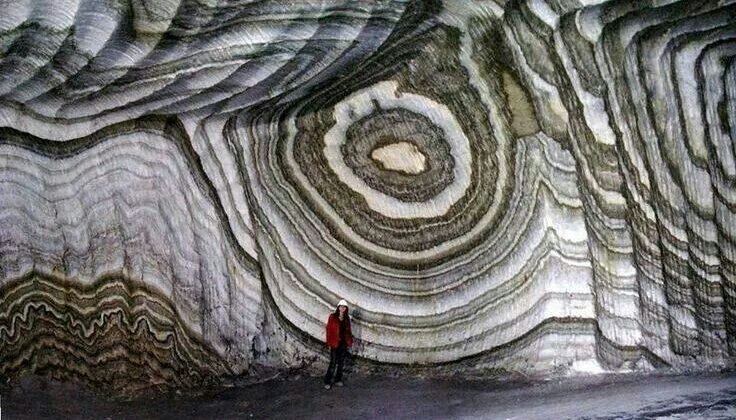
The Realmonte Salt Mine in Sicily is a true geological wonder. Located in the town of Realmonte on the southern coast of Sicily, the mine is a massive underground salt deposit, with tunnels that extend for 25 kilometers and lie 100 meters below the surface.
The walls of the salt mine are adorned with alternating bands of dark and light-colored rocks, arranged in concentric circles and stripes. These colorful bands were formed around 5 million years ago, when seawater evaporated, leaving behind large quantities of dissolved salt as precipitate. During this period, the Mediterranean Sea underwent a cycle of nearly complete desiccation, known as the Messinian Salinity Crisis, as the precursor to the Strait of Gibraltar closed, blocking the Mediterranean Sea from the Atlantic.
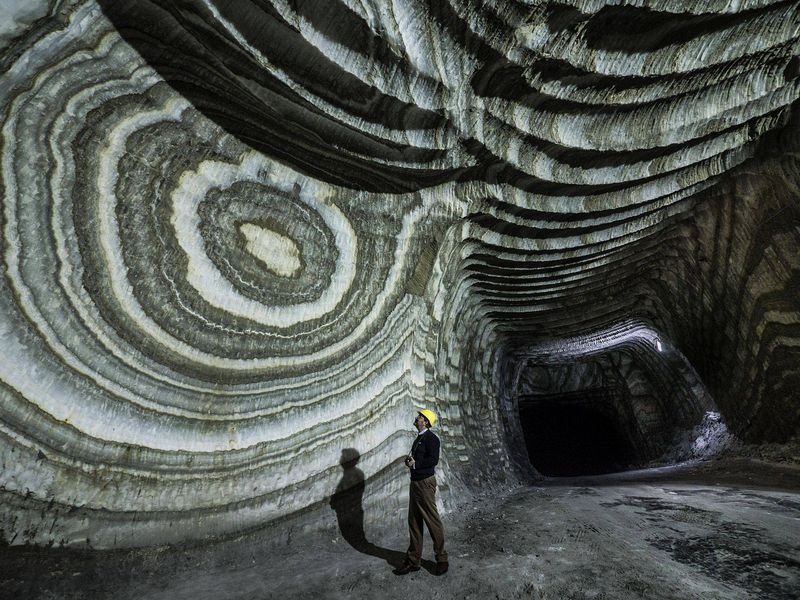
The dry climate conditions resulted in a deep, dry basin, which reached 3 to 5 kilometers below the world ocean level. The temperature at which the solution evaporated affected the type of salt that precipitated, creating different types of salt deposits during the winter and summer. These seasonal cycles, known as varves in the geological world, formed the light and dark salt bands seen in the walls of the mine, creating fascinating patterns in many outcrops worldwide.
Apart from its geological wonder, the Realmonte Salt Mine also contains a church embedded deep in the salt mine, complete with altar, steps, frescos, and a crucifix, all meticulously carved out of the salt face by the mine workers. The church can accommodate up to 800 people, and each year in early December, ceremonies are held to celebrate Santa Barbara, the protector of mine workers.
The Realmonte Salt Mine plays a significant role in the local economy, producing around 500 thousand tons of salt each year. This region is believed to have salt reserves of 100 million tons.
The Realmonte Salt Mine in Sicily is truly a remarkable example of natural beauty and geological wonder, attracting tourists from around the world to marvel at its unique formations and deep cultural significance.
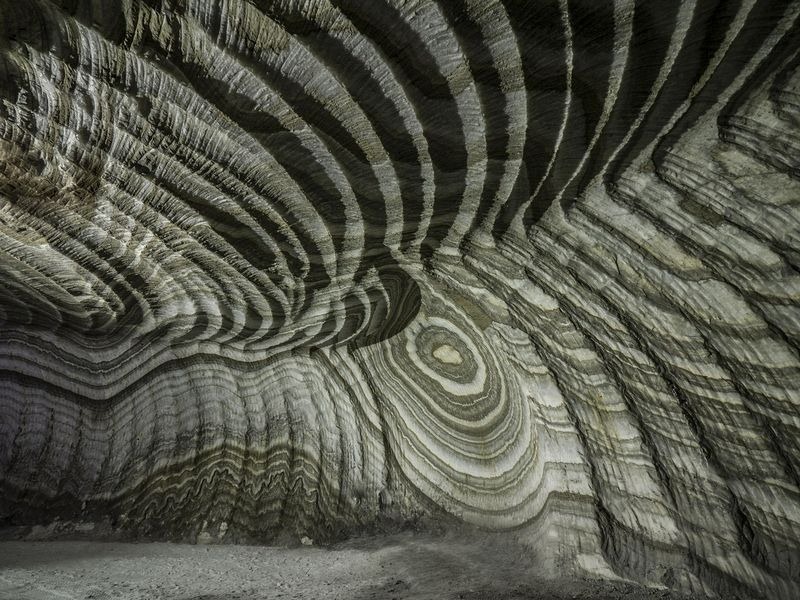


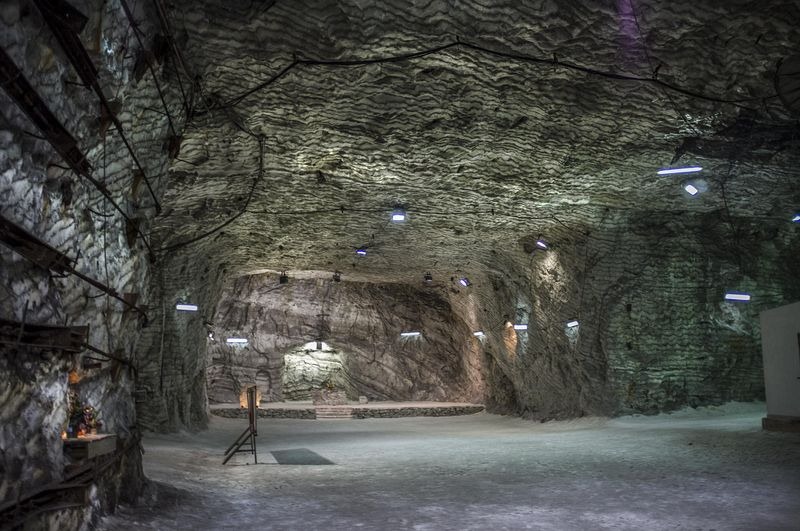
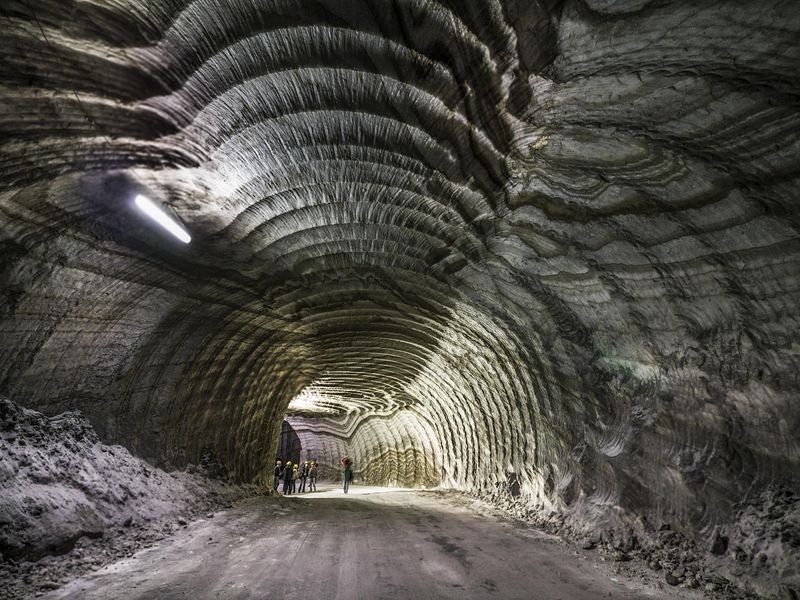
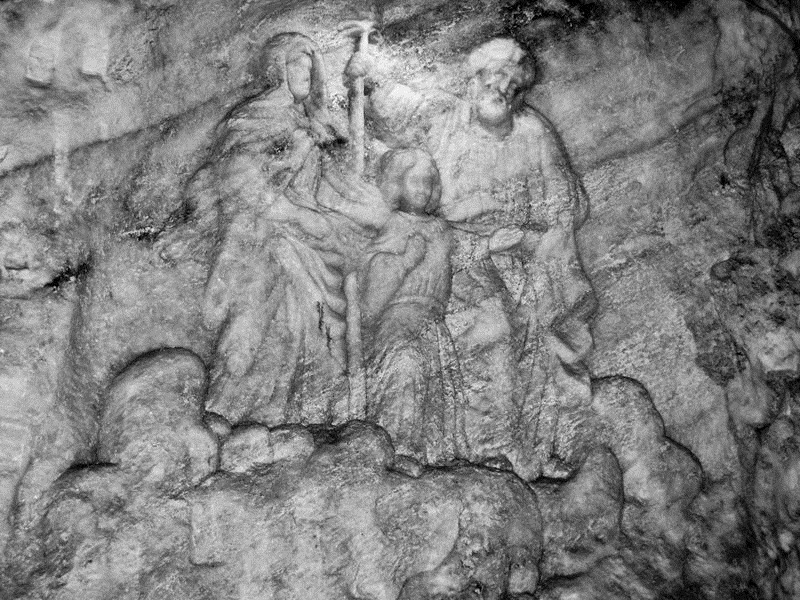
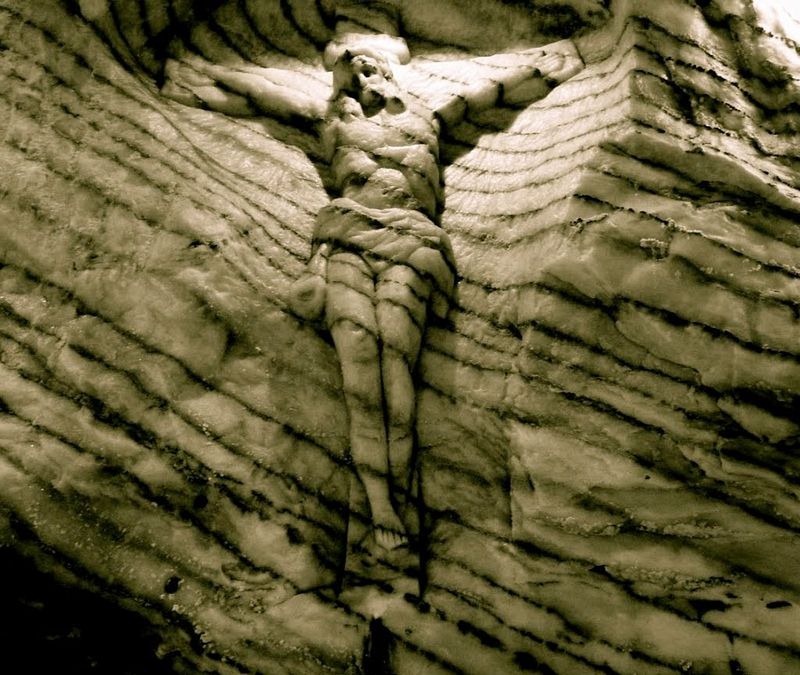
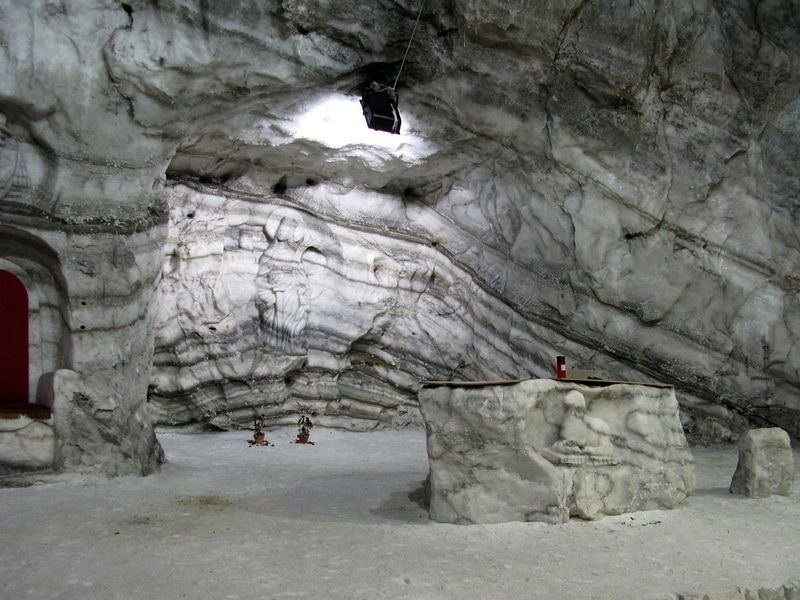
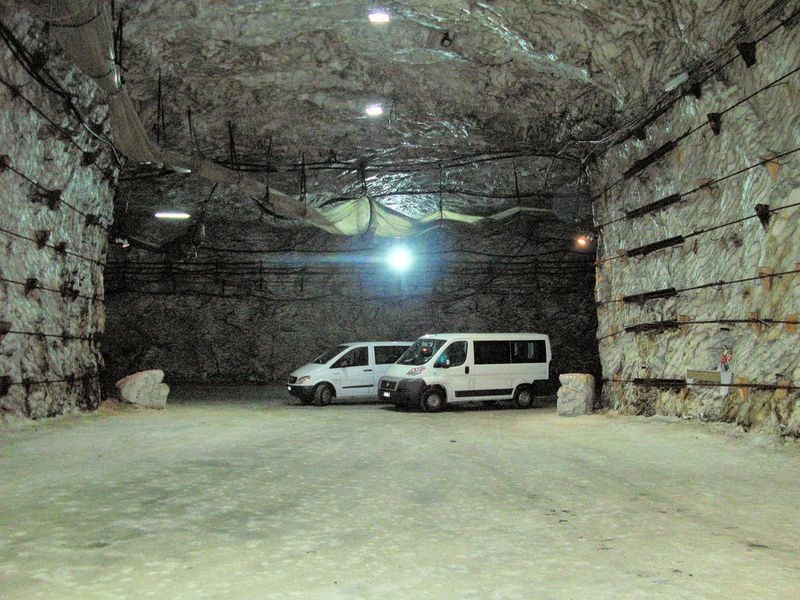

Leave a Reply